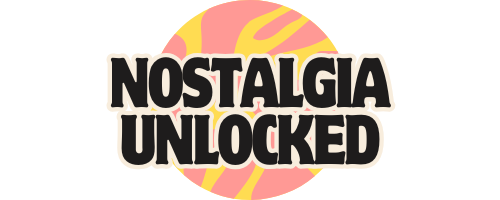12 Haircuts You Couldn’t Avoid in the ’70s (Like It or Not)
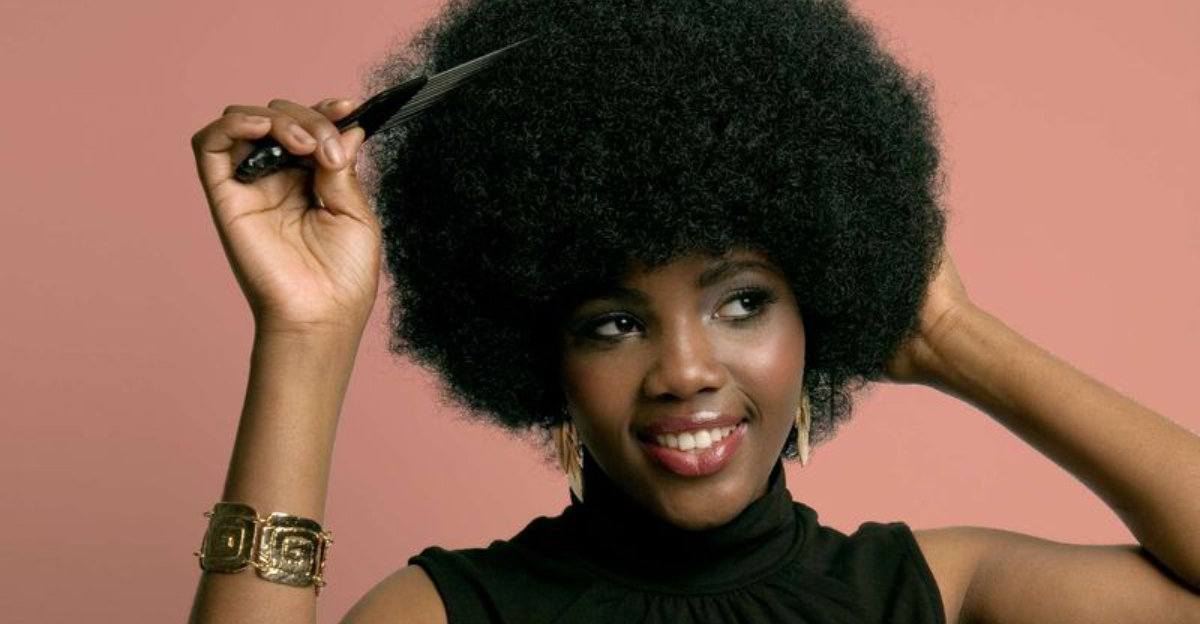
The 1970s were a wild time for fashion, and hair was no exception. From shaggy layers to gravity-defying volume, certain hairstyles were everywhere. Some were effortlessly cool, while others… well, let’s just say they haven’t exactly aged well.
These 12 haircuts were practically unavoidable in the ’70s, popping up in yearbooks, family photos, and on just about every TV screen. Love them or cringe at them, there’s no denying they defined the decade!
1. The Shag
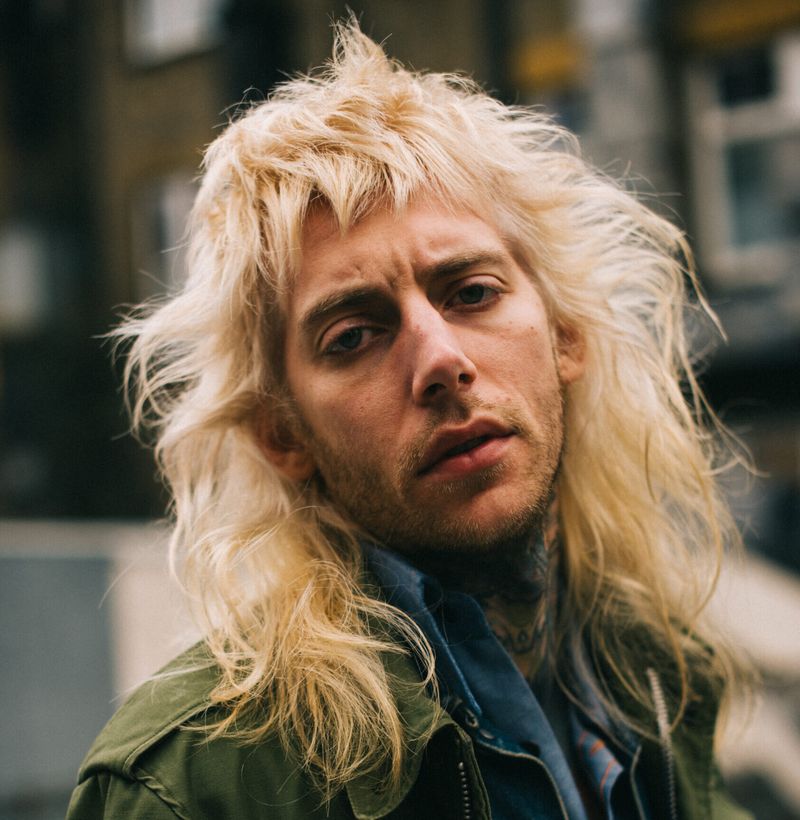
The shag was a unisex haircut that gained fame through celebrities like Jane Fonda and Mick Jagger. Its hallmark was the layered, messy appearance that required minimal maintenance yet looked effortlessly stylish.
This carefree, rebellious style mirrored the ’70s counterculture movement, embodying individuality. Today, the shag has seen a resurgence, with modern adaptations keeping the essence intact but offering more polished versions.
The shag’s charm lies in its versatility and the easy-going, relaxed vibe it exudes, making it a timeless choice.
2. The Bowl Cut
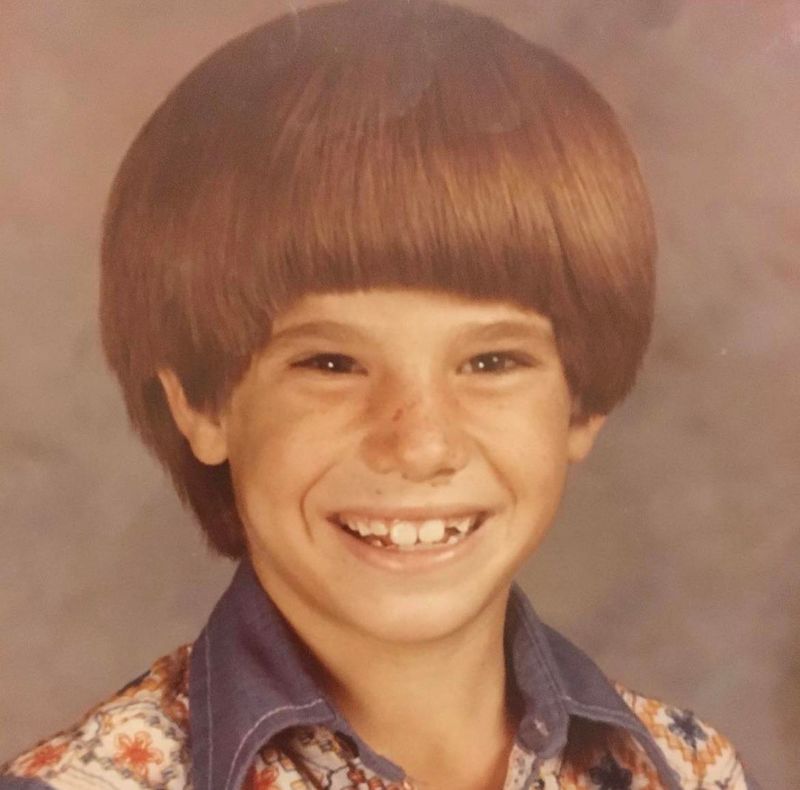
The bowl cut became a staple for many kids in the ’70s, often courtesy of a parent with scissors and a steady hand. Its characteristic straight fringe and even length around the head gave it a practical appeal.
While not the most fashionable, it was undeniably ubiquitous. Many recall this style with a mix of cringe and affection.
While the bowl cut has largely faded into obscurity, it occasionally resurfaces in fashion-forward circles, embraced for its nostalgic charm and straightforward simplicity.
3. The Farrah Fawcett Flip
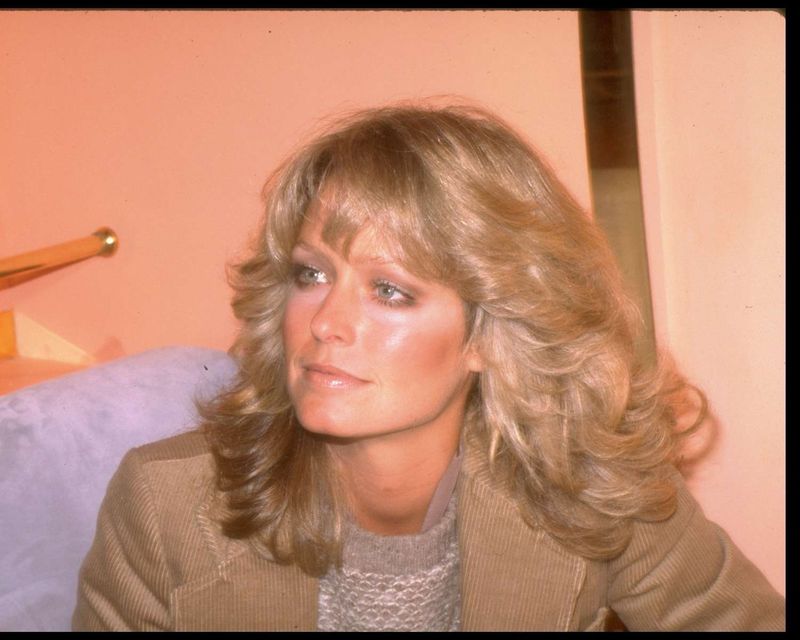
Popularized by Farrah Fawcett in the late ’70s, the Farrah Flip was all about volume and layers. Women everywhere sought to achieve those perfect feathered curls, often spending hours with rollers. This style became a defining feature of the ’70s, thanks to Farrah’s role in “Charlie’s Angels.”
It wasn’t just a haircut; it was a cultural phenomenon. Though not as common today, its legacy lives on in retro-themed events and costume parties, where the ’70s nostalgia brings back this timeless look.
4. The Mullet
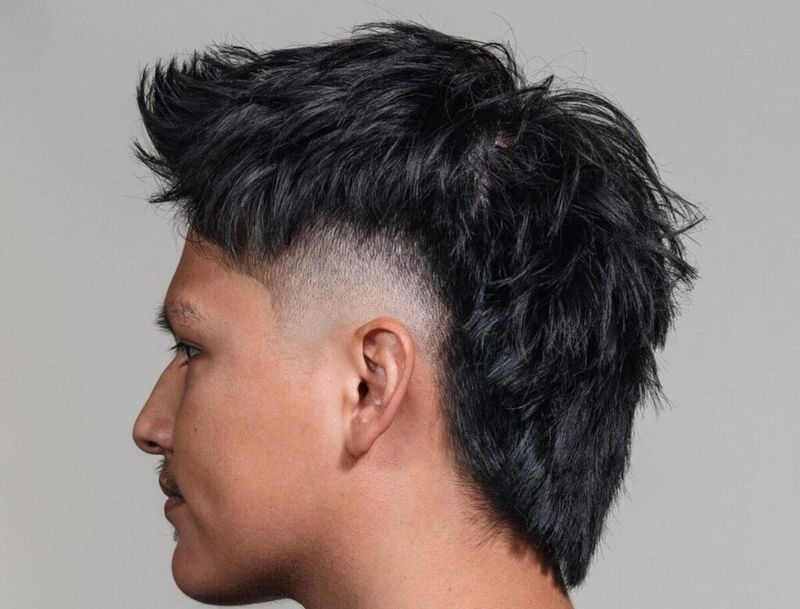
The mullet, known for its “business in the front, party in the back” style, captured the essence of rebellion. Popular among rock stars, this haircut allowed individuals to express both professionalism and wild spirit.
In the ’70s, it was a symbol of nonconformity, attracting those who dared to stand out. Today, the mullet has staged a quirky comeback, embraced by those seeking a bold, statement look.
Its ability to evoke strong opinions ensures its place as a memorable, if polarizing, cultural icon.
5. The Pageboy
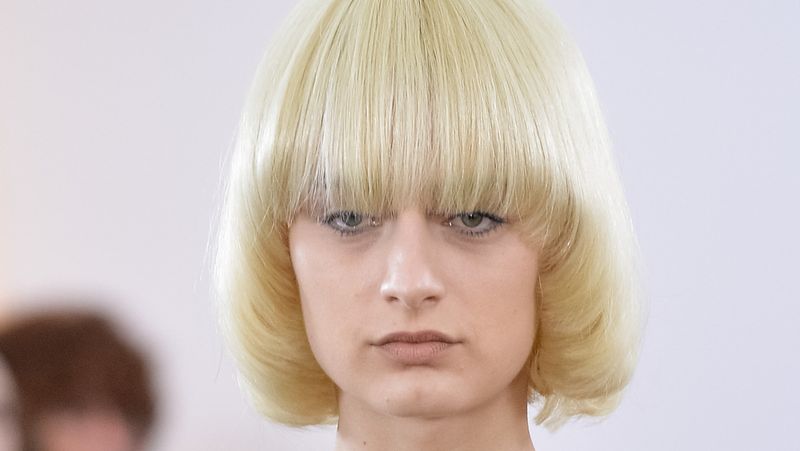
Revived in the ’70s, the pageboy cut drew inspiration from the 1920s flapper styles but introduced a sleeker, more refined silhouette. With its rounded edges and smooth finish, this haircut exuded sophistication and polish.
Celebrities and fashion icons embraced it, making it a go-to choice for trendy individuals. While the pageboy never fully disappeared, it has evolved over the years, occasionally resurfacing in contemporary fashion scenes.
Its lasting appeal lies in its timeless elegance and ability to adapt to modern aesthetics.
6. The Afro
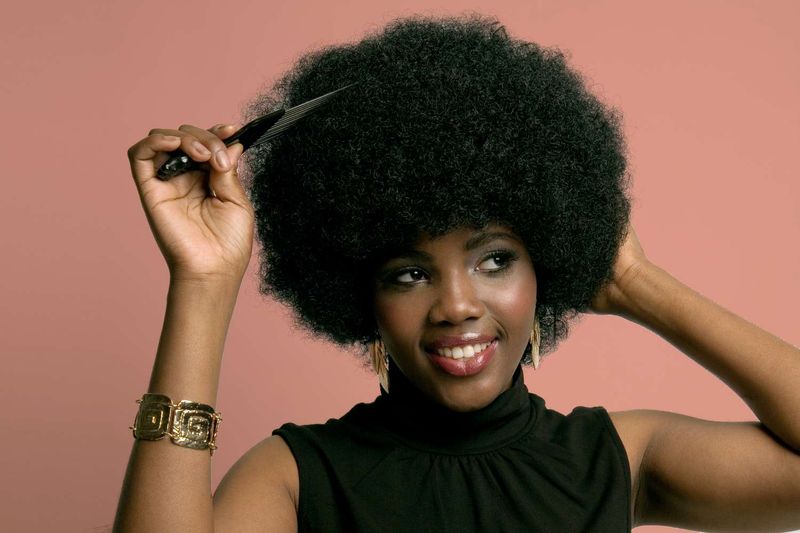
The Afro was more than a hairstyle; it was a powerful symbol of Black pride and identity. Embraced by icons like Pam Grier and Jimi Hendrix, it celebrated natural texture and defied Western beauty standards. In the 1970s, the Afro became synonymous with cultural empowerment and resistance.
This iconic style has maintained its significance, inspiring generations to embrace their natural beauty. Today, the Afro continues to be celebrated, with many proudly sporting this bold and beautiful hairstyle as a statement of cultural heritage.
7. The Dorothy Hamill Wedge

After Dorothy Hamill’s Olympic victory in 1976, her wedge haircut took the world by storm. This short, geometric style was both practical and chic, appealing to those seeking a fresh, modern look.
The wedge became synonymous with Hamill’s grace on the ice, making it a favorite among aspiring young athletes. Though not as prevalent today, the wedge remains a nostalgic reminder of the ’70s athletic prowess.
Many fondly recall this haircut as a symbol of elegance and triumph in the world of figure skating.
8. The Mop Top
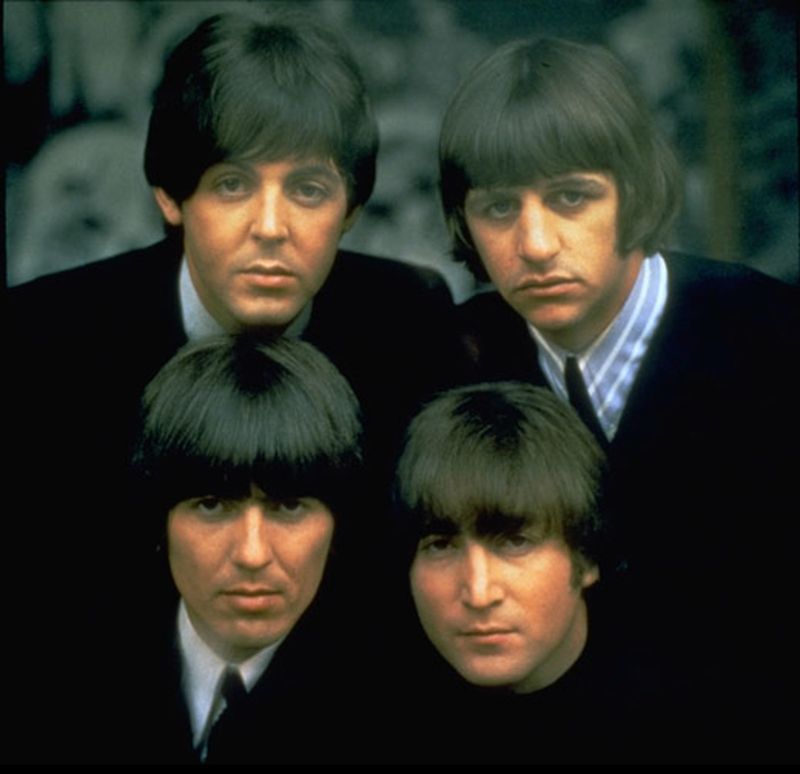
Popularized by bands like The Beatles in the late ’60s, the Mop Top continued to reign supreme in the early ’70s. Its effortlessly tousled look gave an air of casual coolness that many young men and women aspired to emulate.
With its rounded silhouette, this style required regular trimming to maintain its characteristic shape. Despite its maintenance demands, the Mop Top symbolized youthful rebellion against more conservative styles of the past.
To achieve this look, one needed nothing more than a good pair of scissors and a comb, making it an accessible choice for many. It was equally at home on the dance floor or in the classroom, versatile and undeniably ’70s.
9. The Pompadour Revival
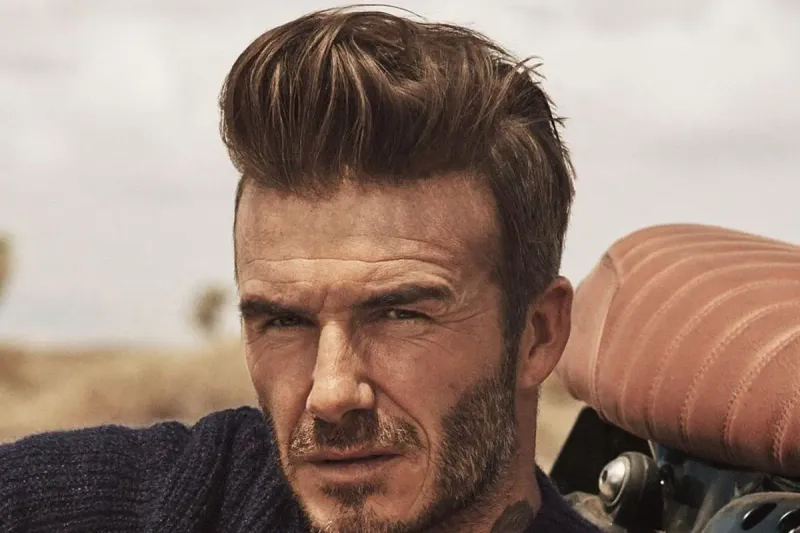
The ’70s saw a brief revival of the pompadour, a style once synonymous with rockabilly culture and icons like Elvis Presley. With its high, voluminous front and sleek sides, the pompadour exuded a sense of cool, rebellious charm.
It appealed to those wanting to capture the spirit of rock ‘n’ roll. Though its popularity waned, the pompadour has persisted in various subcultures, celebrated for its dramatic flair.
In contemporary fashion, it remains a bold choice for those wishing to stand out with vintage-inspired sophistication.
10. Feathered Bangs
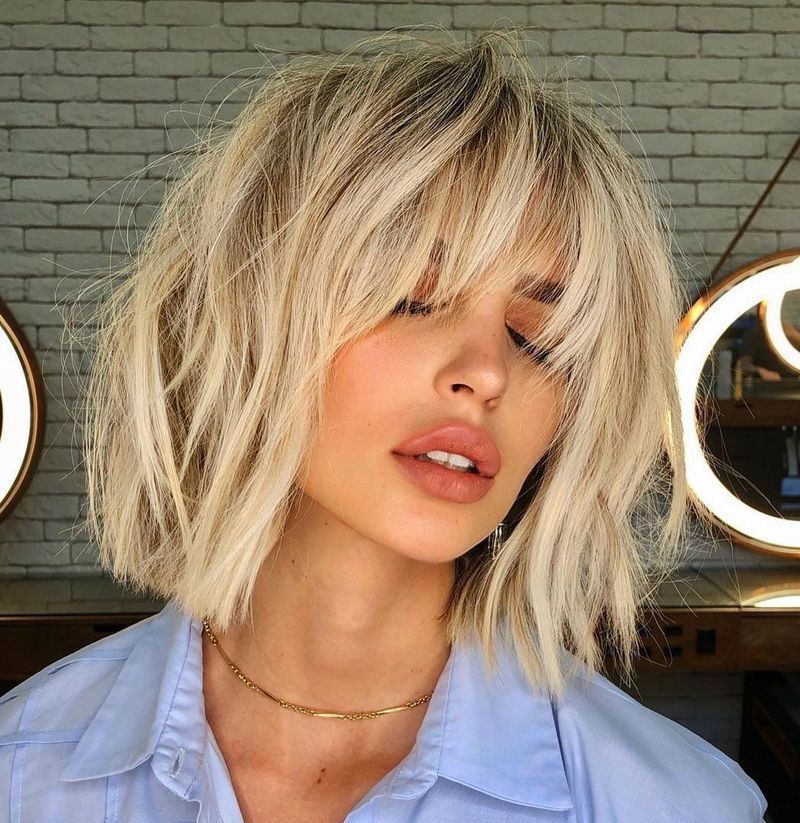
Feathered bangs were a staple of ’70s fashion, often paired with long, flowing layers. This style offered a soft, wispy look that framed the face beautifully. Made famous by actresses like Goldie Hawn, feathered bangs provided a touch of glamor with minimal effort.
Their versatile nature allowed them to complement various hair lengths and textures, ensuring widespread popularity. Today, feathered bangs occasionally reappear, offering a nostalgic nod to the ’70s while providing a fresh twist for modern fashion enthusiasts looking for a classic vibe.
11. The Sideburns Special
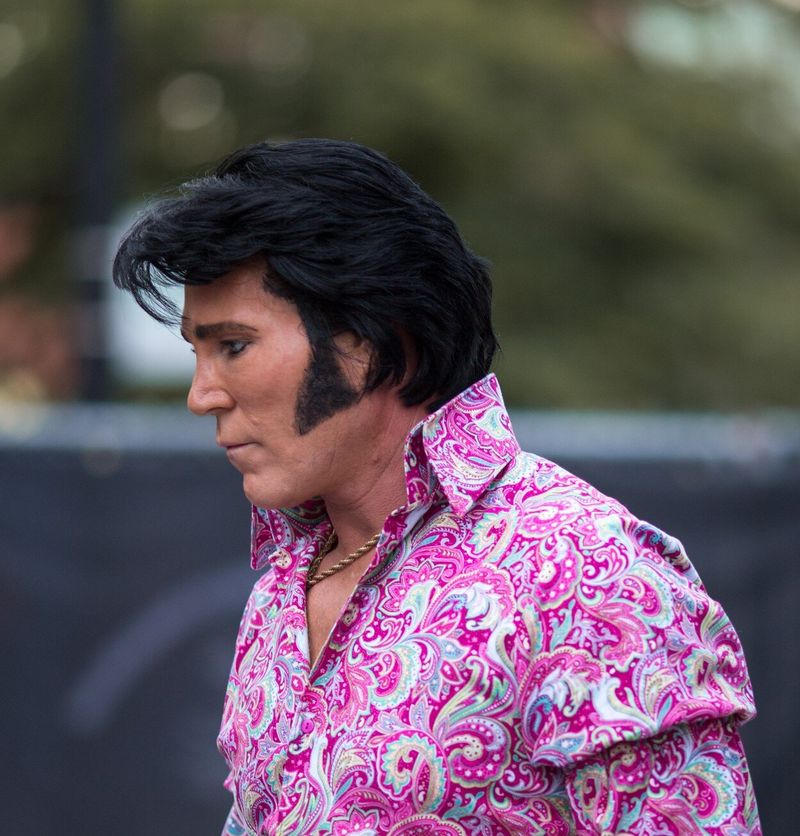
Sideburns became a defining feature of men’s fashion in the ’70s, with the Sideburns Special highlighting this trend. More than just a haircut, it was a statement of style and masculinity.
Paired with various hair lengths, sideburns added a rugged charm that was both distinctive and fashionable. Maintaining the perfect sideburn required precise grooming, often involving regular visits to the barber.
This look epitomized the era’s embrace of bold, defining features, offering a way for men to express individuality and confidence. It was a look that transcended casual and formal settings alike.
12. Perms, Perms, and More Perms
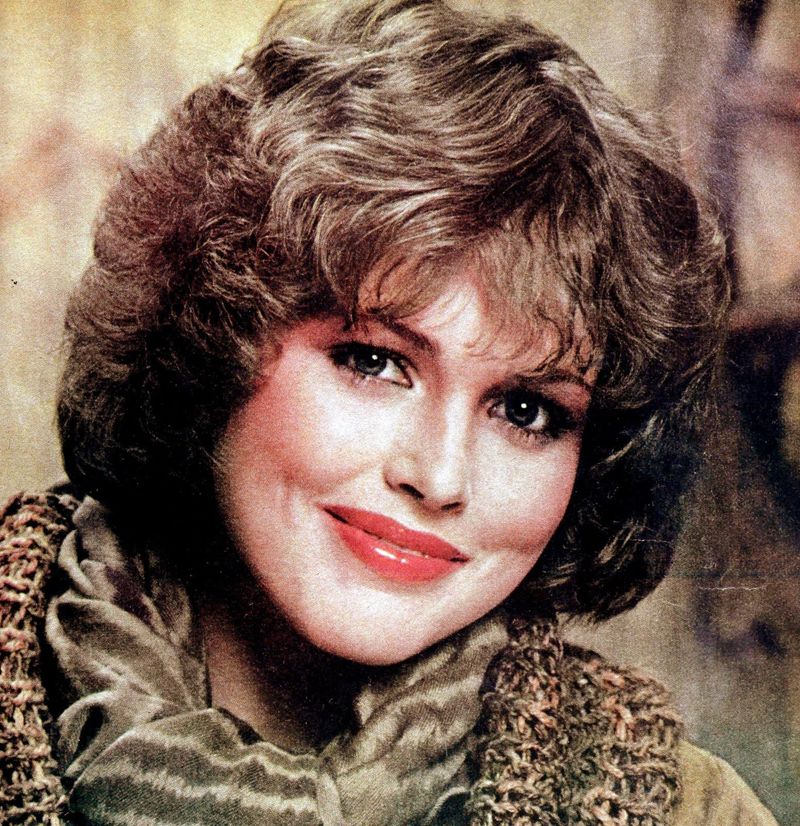
Perms were all the rage in the ’70s, offering a way to achieve long-lasting curls and waves. This chemical treatment added volume and texture, making it a favorite among those seeking dramatic hair transformations.
From tight curls to loose waves, perms catered to diverse preferences. The era’s obsession with big hair ensured perms were a salon staple. Though less common today, the perm occasionally resurfaces, appealing to those desiring a retro look with a modern twist.
Its legacy endures as a testament to the decade’s bold and adventurous spirit.
